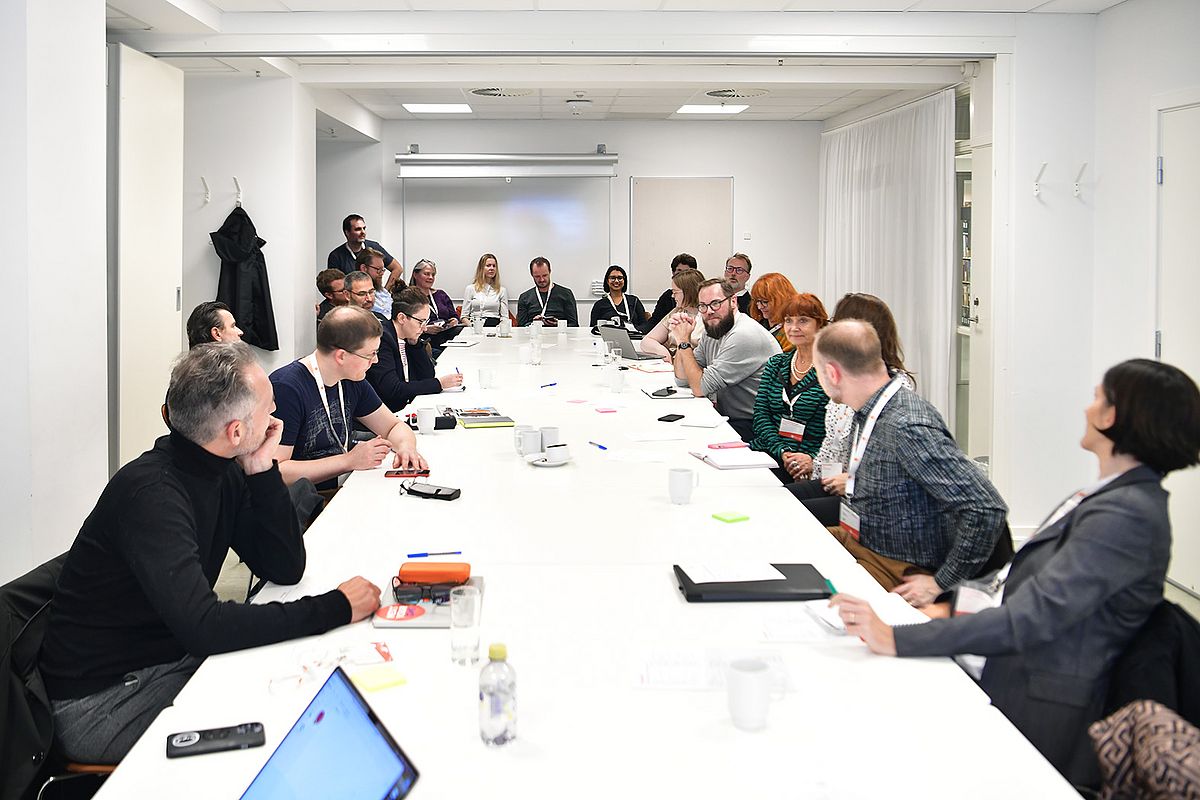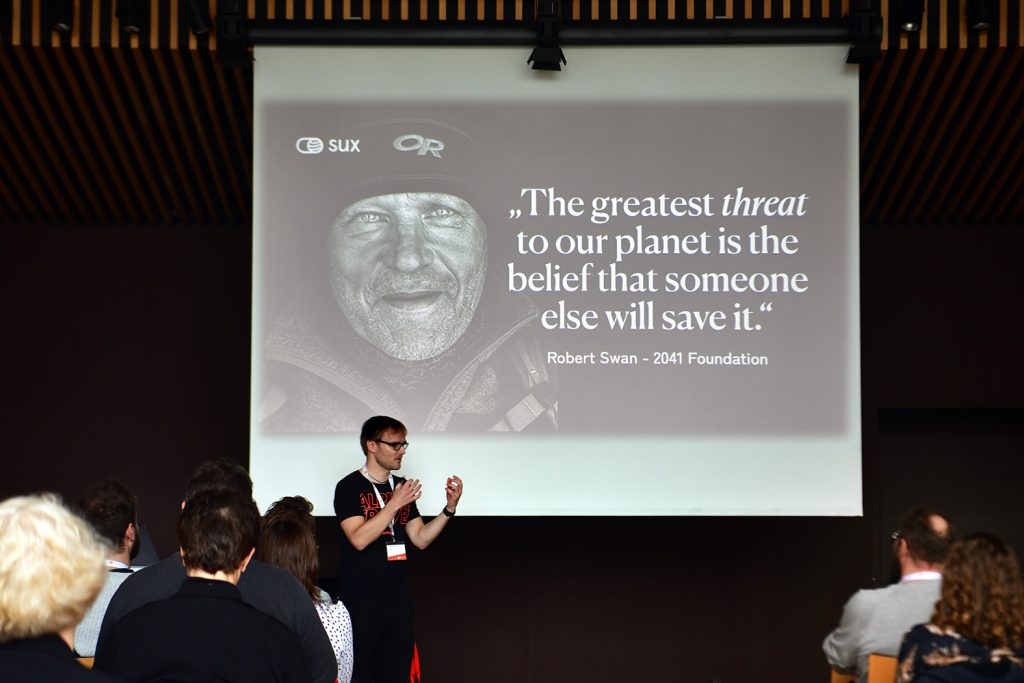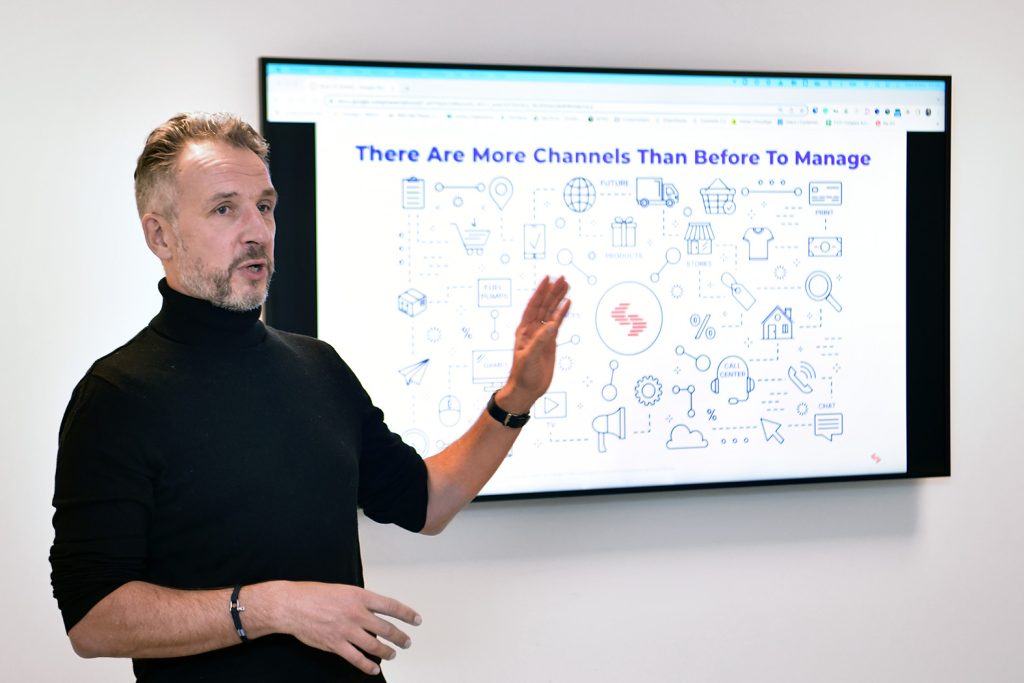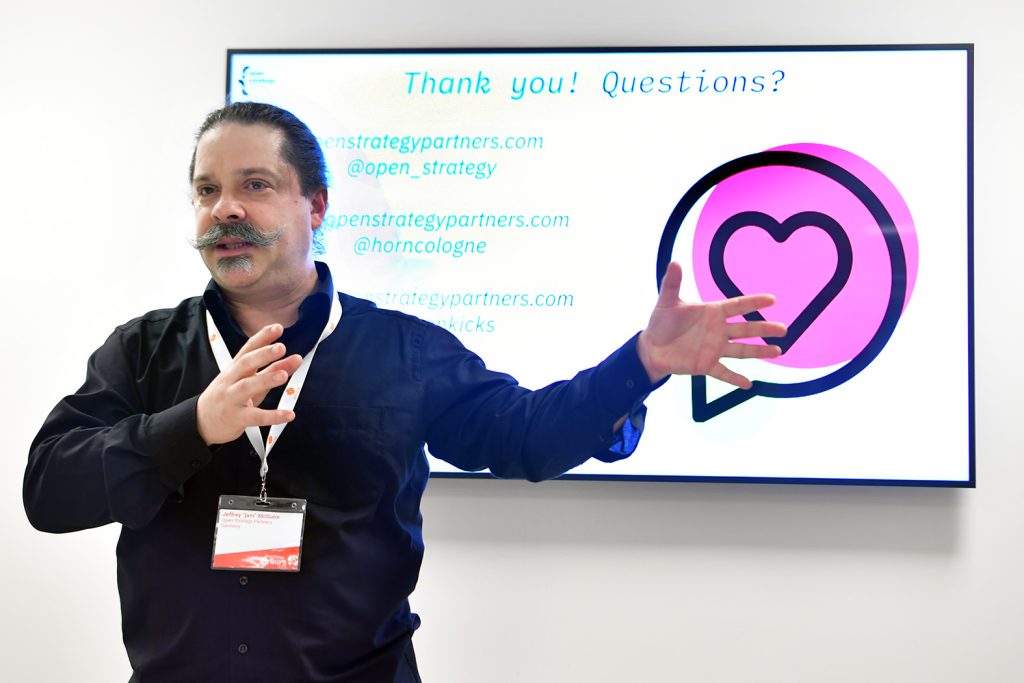TYPO3 is a member of Boye & Co’s CMS Experts group. This is a forum where CMS analysts, thinkers, practitioners, experts, and vendors meet to discuss and share thoughts and ideas. I joined the group’s one-day track at the Aarhus conference.
The day left me with many new thoughts and questions. What do you think about them?
Mathias Bolt Lesniak visited the Boye 22 digital leadership conference in Aarhus, Denmark, 9 November 2022, as part of the Meet TYPO3 initiative. Mathias is a member of the TYPO3 Association Board. See upcoming Meet TYPO3 events.
Environmental Sustainability Isn’t Just Cycling—It’s UX Too
If website owners aren’t asking for it today, they soon will be. Environmental sustainability is moving from a nice-to-have to being a dealbreaker. Seeing the environmental perspective can be a sobering exercise for website creators, and far from every CMS and agency is ready.
Denmark being a flat country, it was maybe not a surprise that Boye & Co. had chosen Danish Cyclists' Federation president Jens Peter Hansen to set the tone for the day. It was a good choice, as the bicycle represents the way we need to think when choosing sustainable solutions. It’s not always about finding direct replacements, but about asking how we can best organize our lives to live sustainably.








